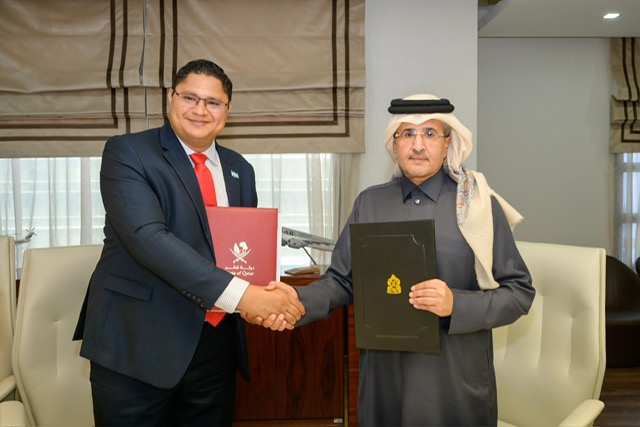
Qatar’s rapidly increasing population is driving up vehicle maintenance and ownership costs, causing car owners here to be among those literally paying the price for the country’s rapid growth.
Last week, Qatar’s Ministry of Planning Development and Statistics (MPDS) reported that transportation costs jumped 6 percent last month compared to April 2014.
Analyzing these latest inflation figures, Qatar National Bank (QNB) said in a report today that vehicle prices are climbing due to higher demand from the country’s growing population.
The report is likely to add to an ongoing debate over whether the government should regulate vehicle prices in Qatar. The idea has been floated on multiple occasions in recent years and was most recently revived in March.

Officials from the Ministry of Economy and Commerce have acknowledged complaints from some residents who accuse dealerships of “price manipulation,” saying that certain vehicle models are more expensive in Qatar than in other GCC countries.
That claim is fiercely denied by some auto dealers who say their prices are not out of line with vehicles sold elsewhere in the Gulf.
The new figures also likely underscore the need for more auto showrooms and maintenance facilities to keep up with Qatar’s growing population, which has grown by 118,142 people since the start of 2015.
Real estate developer Barwa has proposed to address the issue by constructing a “Motor City” in Rawdat Rashid containing showrooms, maintenance yards, workshops and various ancillary services.
It first raised the idea in 2011, and then revived it last October. The company said at the time that construction on the development was expected to last four years.
Rising inflation
Last month’s overall increase in Qatar’s cost of living was relatively modest. Prices for consumer goods were up 0.9 percent last month over April 2014 and unchanged from March 2015, according to the MDSP.
Still, in addition to transportation costs, Qatar’s growing economy and expanding population continue to put upwards pressure on education fees and rental rates.

However, that was offset in part by declining prices for recreation and cultural activities as well as a drop in communication costs in April.
The increase in food prices was also modest, as Qatar benefitted from record global harvests, large US stockpiles and weak international demand, according to QNB.
While inflation may have been muted in the first four months of the year, QNB is warning local consumers that their expenses are likely to creep upwards in the coming months.
It predicted that inflation would rise to 2.5 percent by the end of this year, before accelerating to 3.2 percent next year and 3.5 percent in 2017 due to further increases in residential rates and a recovery in international food prices.
That news is likely not going to sit well with residents who say that salaries are already failing to keep pace with Qatar’s increasing cost of living.
Thoughts?







